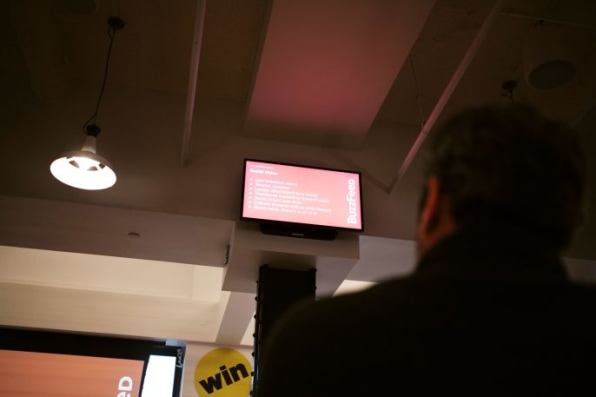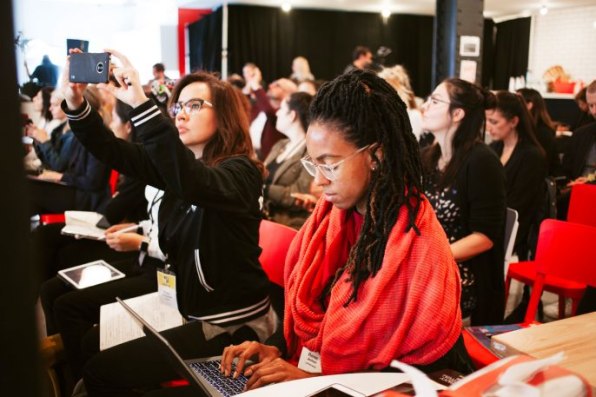
02 Nov BuzzFeed Bets On The Future Of Television
Television is dead֫—long live television. Depending who you talk with, we’re either witnessing the death of TV or only entering its golden age. Part of that discussion hinges on what we consider TV to be. Is it the big flat screen hanging on the wall, or it the shows we crave, like Stranger Things, The Walking Dead, or This Is Us?
For the folks at BuzzFeed, television is misunderstood, and just as it rebranded its digital video division in 2014 as BuzzFeed Motion Pictures, it is now out to rebrand television itself.
“Up until recently, [TV] has been defined as a device,” says Matthew Henick, the head of BuzzFeed Motion Pictures. Under those constraints, things aren’t so good. Traditional television viewership is down, and more people are turning to different forms of content found on myriad devices.
For Henick, television “is a content type”—meaning all that stuff you watch on your phone is TV, too.

Henick expanded on BuzzFeed’s mission in a talk during The Fast Company Innovation Festival last week. The company has been investing in different forms of content to diversify its revenue stream. Redefining TV, he says, is a way for the company to innovate on evolving consumption trends.
As BuzzFeed has grown beyond its easily consumable (pun intended) Tasty food videos, it’s found that there’s a real appetite (pun, again, intended) for new kinds of longer video programming. Henick’s job is to figure out what shows will help bring in more revenue.
BuzzFeed has a few shows already out. It has a true crime/supernatural show Unsolved; there’s also a food series called Worth It, as well as its morning news program AM2DM. All were created using BuzzFeed’s immense audience data to determine whether they would be successful. So far, says Henick, the experiments have worked.
Henick’s strategy focuses on different television categories that people know and love, and finding innovative ways to feed that need on digital. He’s targeted different viewing patterns–going from ambient viewing, like morning shows, to more intentional, like scripted dramas–and is building a roster of programming to fill these buckets. As BuzzFeed’s audience grows, so too will advertiser interest, he says.
“[We want to] build the broadcast equivalent on digital,” says Henick, in a way that supports brand advertising. Where Netflix and Amazon differ are on de-emphasizing brand interaction, focusing more on subscriptions and acquiring top talent. They are the equivalents of premium cable subscriptions, he says.

BuzzFeed, Henick believes, can capitalize on making a different type of digital television specifically with brand advertising in mind. New product releases can go in tandem with television seasons. “Brands in the U.S. spend about $70 billion on TV,” he says. So why not bring that money to digital?
In short, BuzzFeed sees a way for cable to be further disrupted. Media companies are flailing thanks to ad revenue bottoming out; Henick sees the future dollar signs coming from brand investment in digital video.
Most important, he adds, is that this isn’t some far-fetched dream about the future: “People are already seeking this stuff out . . . the views are intentional.”
Source: Fast Company




Sorry, the comment form is closed at this time.